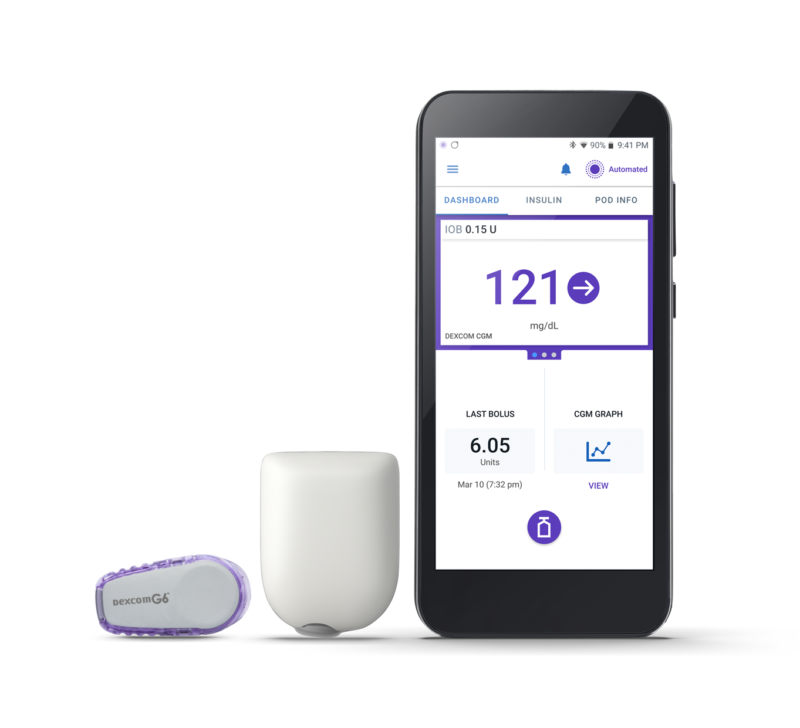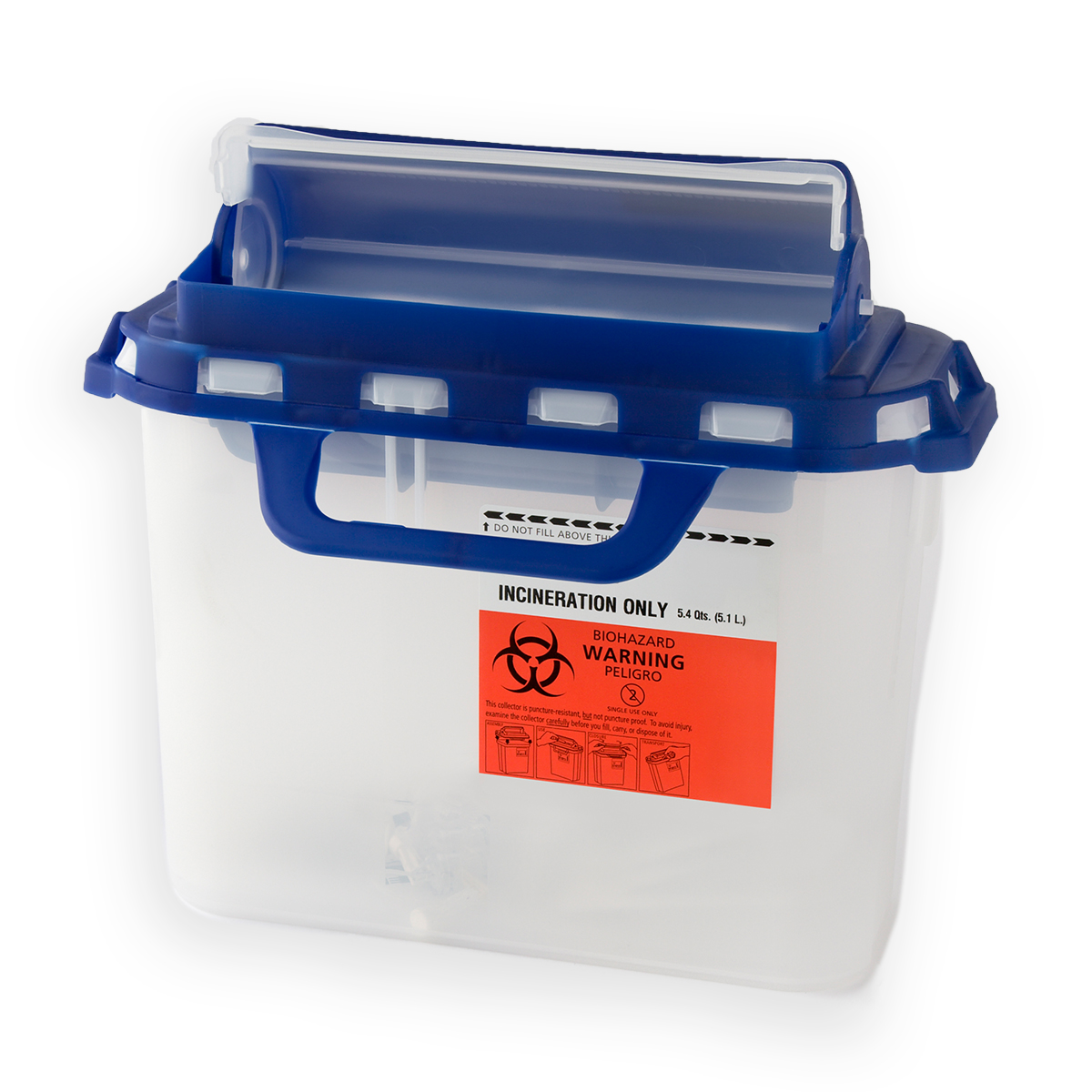Device That Continuously Monitors Blood Sugar
Blood Glucose (Blood Sugar) Monitoring: Devices and How to Use Them

Monitoring your blood sugar (blood glucose) is a vital part of diabetes management. Your diabetes care team will help you decide how often and when to check. Often people are told that they should check their blood sugar via finger stick at least four times if they don't use a continuous glucose monitor (CGM) before each meal and at bedtime. And then are advised to check if they feel low or high, before exercise or driving, or more often when you are sick or other unusual circumstances that may affect your blood sugar. Often people check over 10 times per day to try to keep their blood sugar in their target range.
However, another blood sugar management tool more people are using is a continuous glucose monitor (CGM) that measure the body's glucose levels in real-time by sensing the glucose present in tissue fluid (also called interstitial fluid). Here's what you need to know about them:
Glucometer (Glucose Meter)

A Glucometer, or blood sugar meter, is commonly used for blood glucose monitoring . This involves taking a small drop of blood, usually by pricking the fingertip , and placing it on the test strip in a gluc ometer. Blood-sugar levels are measured in milligrams per deciliter (mg/dL). The standard guidelines for a safe blood sugar range are between 70 and 1 8 0 mg/ dL but depending on the person and the recommendation of their diabetes care team , sometimes the recommended target range is expanded.
Tips for Using Glucose Meters
When using a glucose meter to check your blood sugar levels, it's important to have clean fingers, as the accuracy of your test can be impacted by the presence of food or contaminants on your fingers. For those times when you can't wash your hands before you test, you may want to carry some finger wipes with you. However, if you do clean your finger first, be sure to have it dry before testing.
Just like insulin, glucose meters and strips can be affected by low (freezing) or high temperatures, so remember not to leave your blood glucose monitor in your car, in direct sunlight, or anywhere that gets extremely hot or cold. Some types of meters are more sensitive than others to high and low temperatures. See the insert in the meter package or visit the manufacturer's website for more specific storage instructions.
It might be tempting to leave your glucometer at home; however, knowing how your blood sugar levels are trending will help you avoid instances of hypoglycemia (low blood sugar) and hyperglycemia (high blood sugar). Remember to pack your lancing device too , it's usually in the case with the meter so double check that you have it in it .
Lancet Devices

When using a blood sugar meter, a lancing device is what holds a lancet or small, sharp object used to prick the skin for a blood sample. Carrying spare lancets for your lancing device (or using one of the new lancing devices that store multiple fresh lancets inside a drum) will reduce blunt lancet testing paint.
You have a choice when it comes to lancing devices, and you don't necessarily have to use the one that comes with the meter. It's fine to mix and match to find a lancing device that works best for you. If your meter is taking up too much space in your kit, have a look at the different size d meters available.
Continuous Glucose Monitor (CGM)

The methods of blood glucose monitoring have seen major advancements in recent years. Case in point: Continuous glucose monitors (CGMs). CGMs work by wearing a sensor just under the skin that measures the tissue-glucose levels in real time. The levels are then relayed to a receiver, smartphone or insulin pump which displays the readings. Learn more about the different types of CGMs and what they do by visiting the manufacturer's website and asking questions about their functionalities to your diabetes care team. For more information, consult our Continuous Glucose Monitors: Are They Right for You? page or download the companion document [PDF].
Blood or Urine Ketone Strips

Diabetic Ketoacidosis (DKA) can be a life-threatening condition. Ketones are caused by the breakdown of fat when there isn't enough insulin to allow the glucose (sugar) into your cells for energy. When ketones build up, the result is acidosis (too much acid in the blood). If not treated, this can lead to death. Usually blood glucose levels are elevated (>250 mg/dL) but not always. It is important to have a way to check for ketones, either using urine strips or blood test strips with a ketone-testing device, to help identify whether you are at risk of ketoacidosis .
Sharps Container
 A sharps container is essential for safely disposing of used pen needles, syringes, or lancets. Medical sharps containers are available from pharmacies. In some U.S. states, a sturdy plastic container (such as a detergent bottle) with a screw-on lid will be accepted for disposal. They are available in many sizes—including travel size. To find out how to dispose of sharps containers, the U.S. Environmental Protection Agency has information about safe options for needle disposal at www.epa.gov/osw/nonhaz/industrial/medical/med-home.pdf.
A sharps container is essential for safely disposing of used pen needles, syringes, or lancets. Medical sharps containers are available from pharmacies. In some U.S. states, a sturdy plastic container (such as a detergent bottle) with a screw-on lid will be accepted for disposal. They are available in many sizes—including travel size. To find out how to dispose of sharps containers, the U.S. Environmental Protection Agency has information about safe options for needle disposal at www.epa.gov/osw/nonhaz/industrial/medical/med-home.pdf.
If you want to know more about the blood glucose monitoring technology available for people with type 1 diabetes, such as glucose sensors, continuous glucose monitors, insulin pumps and automated insulin delivery systems, consult our Continuous Glucose Monitors: Are They Right for You? page or download the companion document [PDF].
Source: https://www.jdrf.org/t1d-resources/daily-management/using-glucose-monitors/
0 Response to "Device That Continuously Monitors Blood Sugar"
Post a Comment